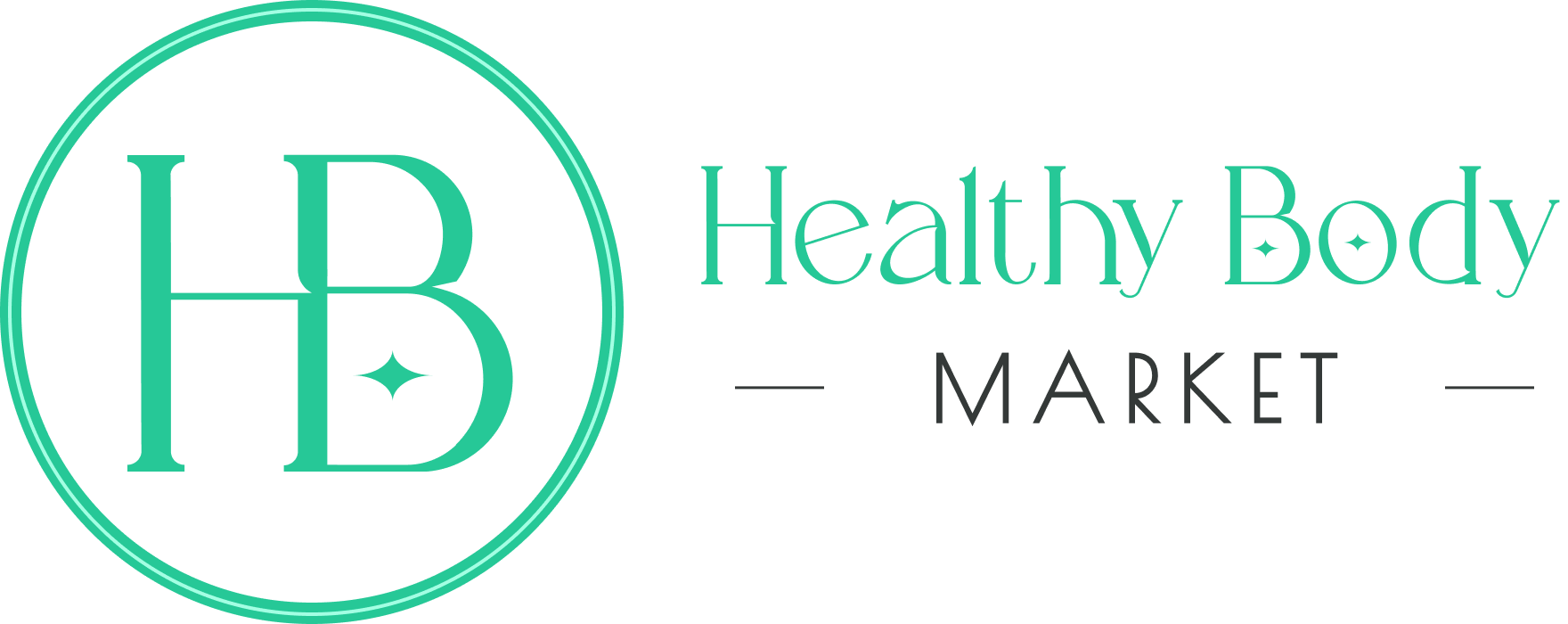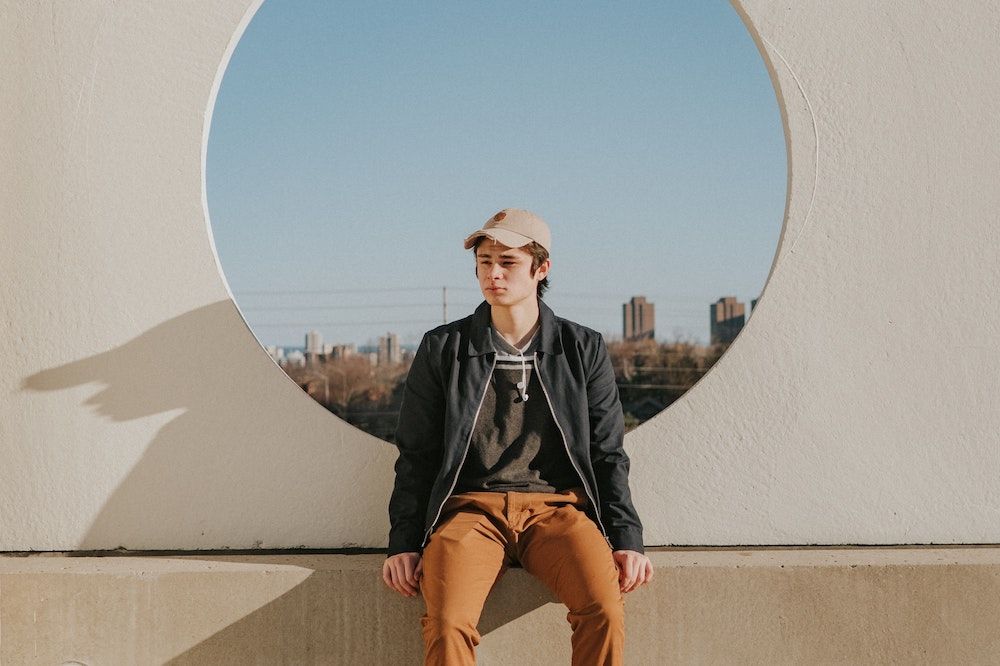Sort the fact from the fiction as we assess six viral TikTok trends and ask: is this too good to be true?
It’s the app that attracts one billion users every month, drawn in by 15-second videos and quick rises to viral fame – and it’s safe to say that TikTok is one of the biggest drivers of online culture in 2021.
But among the animal videos, quick-witted comebacks, DIY hacks, everyday moments, and thoughtful conversations, are trends that are more fanciful than factual – and when it comes to health and wellness, it’s worth knowing how to spot when someone is leading you down a path of misinformation. Here, we’re breaking down six TikTok wellness trends, and taking a look at the small details of these big promises.
What I eat in a day
These are videos where people supposedly record clips of everything that they eat on an average day. Sometimes the users may be doing so because they’re creative cooks making delicious grub, other times it could be about implying a particular diet will achieve certain looks – in other words: “If you eat what I’m eating, you’ll look like me.” First things first, it’s important to remember you can never completely trust a video like this – self-reported diets rarely make it into scientific studies due to bias – but also, it’s always important to consider that what works for one person may not for another, and attaching virtue to food is a potentially harmful approach.
The 75 hard challenge
The ‘75 hard challenge’ is a 75-day weight loss plan developed by motivational speaker, podcaster, author, and businessman Andy Frisella. Following this plan, each day you must: eat a restrictive diet, work out twice for at least 45 minutes each time, drink four litres of water, read 10 pages of nonfiction a day, and take a five-minute cold shower. To some degree, the 75 hard challenge is interesting, because it factors in broader wellbeing work with reading and taking cold showers – a clinical trial published in Medical Hypotheses found cold showers showed potential for alleviating symptoms of depression. That said, the whole point of the challenge is that it’s extreme, and for the average person, will be unsustainable, and potentially unhealthy. With any weight loss aims, it’s important to think about long-term, healthy lifestyle changes, rather than punishing and restrictive behaviours.
Salad jars
Essentially a new level to aesthetic meal prepping, salad jars are… salads in jars. TikTokers layer up the ingredients of their salads in the jar, pop them in the fridge, and enjoy them later. Ultimately, ‘healthy’ eating doesn’t need to be aesthetically pleasing, and it could be said that this trend places more emphasis on how the food looks than its nutritional content. But if you’re someone who enjoys the added flare of a nice-looking lunch, and you’re packing a nutritional line-up, this is a fun trend to try. Creative, varied, balanced, nutritionally sound salads can be tasty and filling – plus, it’s a plastic-free way to enjoy your lunch.
One-gallon challenge
It’s the challenge to drink one gallon of water each day – that’s about 4.5 litres. Guidance varies, but the NHS recommends that adults drink six to eight glasses of water (around 1.2 to 1.5 litres) and other liquids each day to replace normal fluid loss – water, lower-fat milk, tea, coffee, and sugar-free drinks all count. With that in mind, unless you’re doing a lot of exercise, 4.5 litres of water seems excessive – but is it also harmful?
While it’s hard to put a figure on it, as our bodies all need different things, drinking too much can disrupt your body’s electrolyte balance – it can also make you feel full, leading you to eat less of the nutritious food you need for good health. Ultimately, getting enough water is essential, but setting your sights on arbitrary numbers does little good.
Lemon water
This is a trend that has been around for far longer than TikTok, but it’s still very popular on the wellness hashtag. Those promoting it claim the drink will: ‘kickstart’ digestion, ease constipation, support weight loss, improve skin quality, boost your vitamin C intake, even out wrinkles, and freshen your breath. Phew, those are some big promises – and, sadly, the majority are unfounded. Lemons are a good source of vitamin C but, when the juice is diluted in water, it’s unlikely you’ll feel any real benefit. As for the other claims, they’re much more tied up in drinking enough water than they are with lemon water specifically – and it’s important to remember that acid in lemons can damage our tooth enamel, so it’s best not to overindulge.
“It’s important to remember you can’t always trust self-reported evidence”
Face shaping tools
In highly popular ‘before and after’ videos, users claim that face shaping tools – such as gua shas, the traditional Chinese medicine tool, and other facial massage tools – can completely adjust the shape of your face, giving you a slimmer profile and more defined features. Demonstrating methods of applying medium pressure and ‘scraping’ the skin, users show off transformations to their appearance. The truth is, there’s no scientific evidence to support these claims, and any changes seen in videos are more likely to be the result of angles, lighting, or weight loss than a miracle tool.
While wellness trends can be fun, it’s worth approaching them with a pinch of salt. Check the facts, do your research – and, remember, if it sounds too good to be true, it probably is.
If you’re interested in working with a trusted professional to get personalised health and wellbeing advice, head to nutritionist-resource.org.uk

